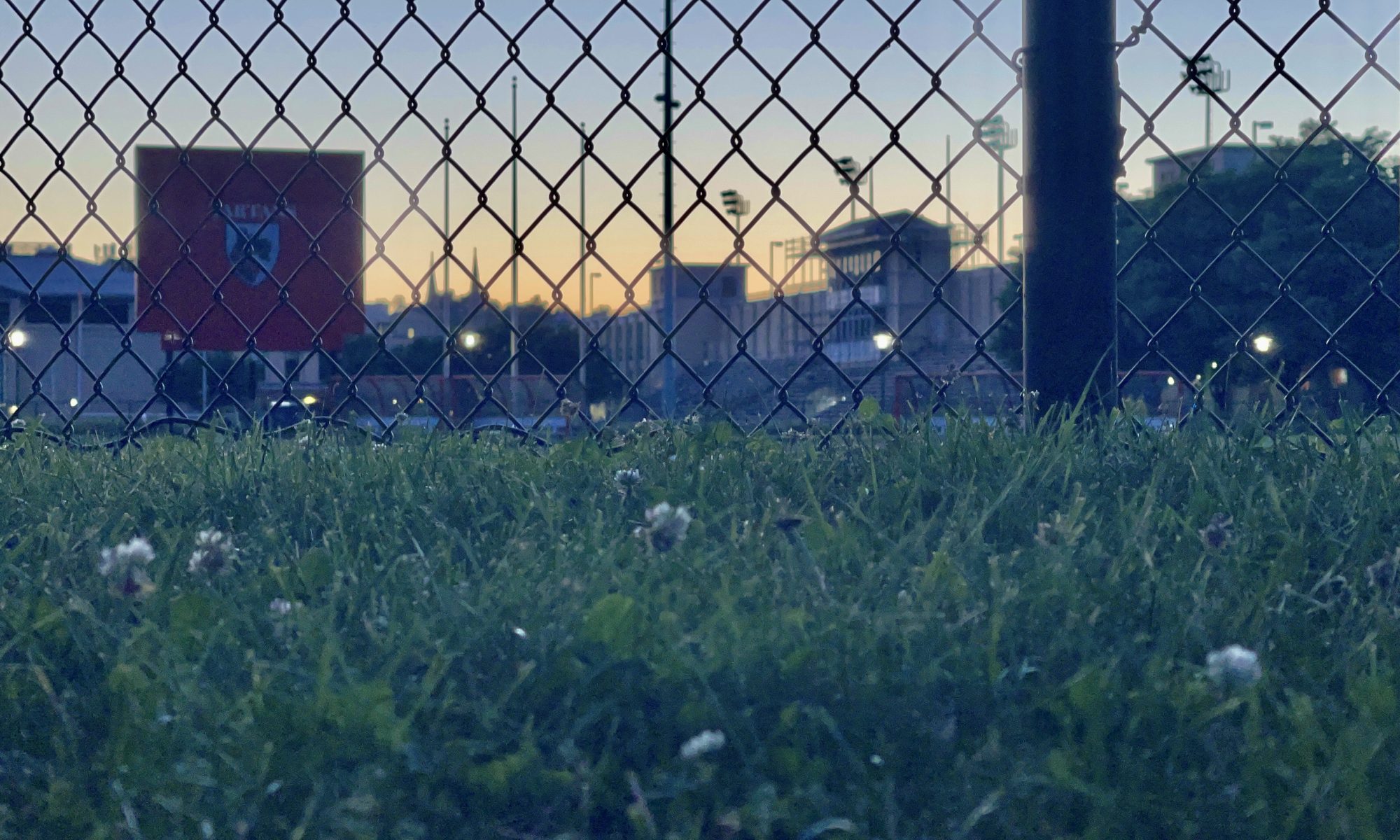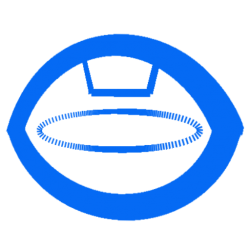For this week, we had a major change in the project plan, and here is the work I did.
For the past project regarding patient monitoring. I interviewed some doctors and nurses for background information to prove the usability of the project. The interview consists of gathering symptoms, especially behavioral symptoms, such as chest pain, vomit, increasing breath, seizure, etc. At the same time, the interview focusing on nursing assistants is more about the medical care system in hospitals and nursing homes, attempting to prove that the usual alarm system is not quick enough given the multiple layers of notification all the way to doctors. Please note that the interviews are conducted with Chinese medical system workers instead of in the US, and there might be discrepancy on how US hospitals work.
Then after having abundant communications with the course staff, we decided to change the project to a Taiji instruction application based on OpenPose given that this idea is more solid with more accessible online resources and static gesture references.
Indeed, my team and I are slightly behind schedule since we switched the project, but we will keep up for the future weeks by accelerating the schedule. At the same time, since the Taiji context has more gesture resources online, we could skip the raw data collection process before, giving us more time to work on the technical portion.
I am hoping to be able to successfully run OpenPose on my own machine for the next week so that we can start to use OpenPose for processing some Taiji gestures.


